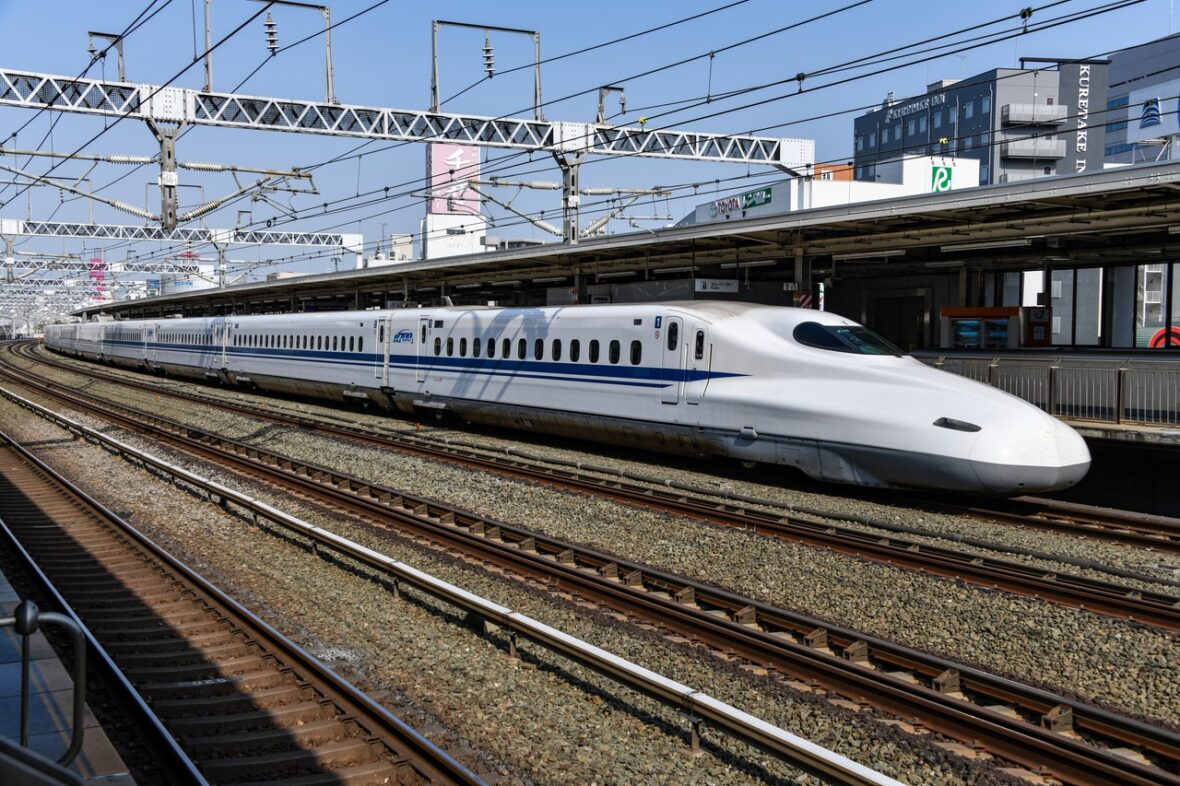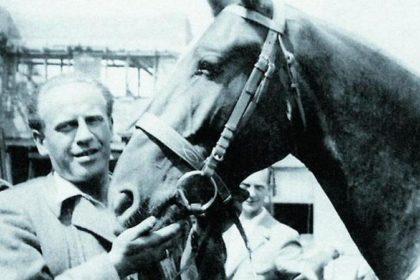Ever ridden a train quite as speedy as this before? Here in the UK, we’re probably lucky if a train gets here on time, let alone gets us up and running at speed! That’s why the eastern bullet train, which you’ll largely find in territories such as Japan, is perhaps all the more fascinating. The bullet train is a stunning feat of engineering, and what’s more, millions rely on the technology day after day. Take a look below for 11 insane and fun facts about the Bullet Train.
1. The bullet train is the English name for what’s become known as the Shinkansen in Japan. The origins of the Shinkansen actually make a lot of sense – just as there have long been plans to connect London to other cities and towns in the UK than ever before, the bullet train was brought in to help people get to and from Tokyo at speed.
2. While the Shinkansen travels all over the country, you’ll probably find that it runs between Osaka and Tokyo most of all. That’s because this tends to be a hotspot zone for commuter traffic. It only takes ten minutes to load up and set a bullet train off to its next destination. You can travel as far as Hakata, from Japan’s capital Tokyo, in less than five hours.
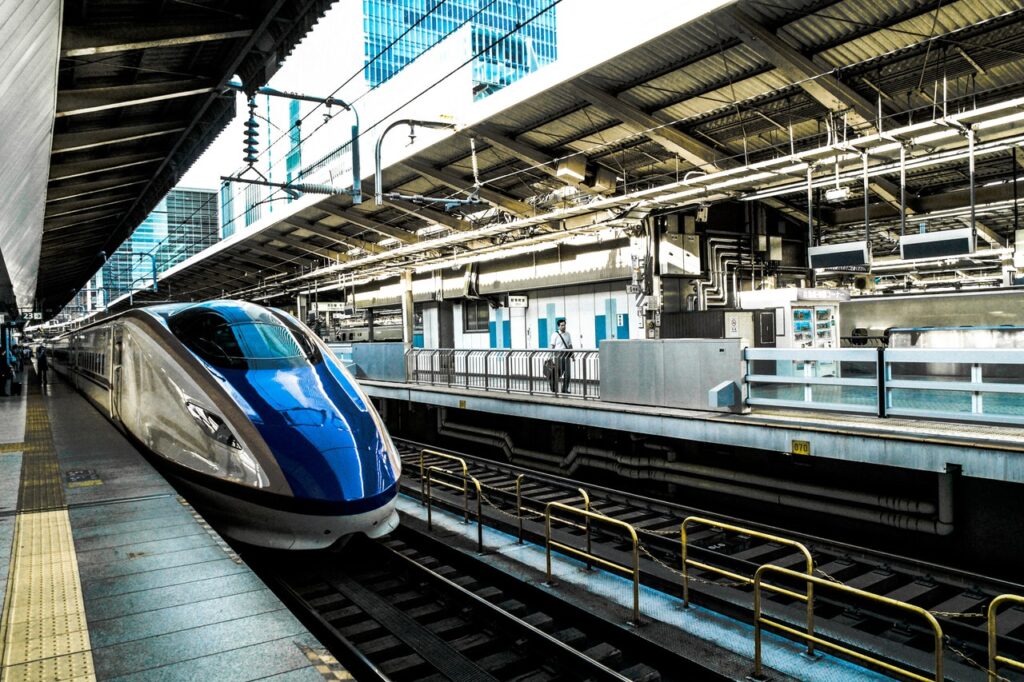
3. Shinkansen has been a part of the Japanese transport industry since 1964. It was at this time when the most popular route, the aforementioned Osaka to Tokyo connection, was first established. This covers a stunning 320 miles!
4. The Shinkansen is still thought to be the fastest train network and service on the planet. The London Underground doesn’t even come close. It’s thought that its nearest competitors are the French TGV line and Germany’s famous InterCity Express. However, the Japanese bullet train system is still leagues ahead in terms of speed and coverage.
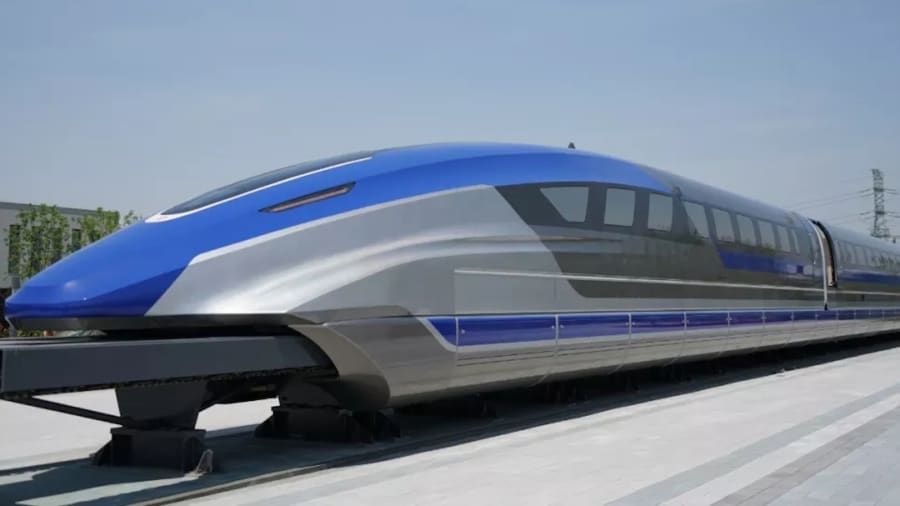
5. The Shinkansen is well-known for its colossal tunnel booms. This is where shockwaves build up in the tunnel, and which lead to huge explosions of noise when the trains leave either side. This has led to plans to try and dampen or quieten the noise, such as setting up extensions. Believe it or not, these booms aren’t just noisy – they could cause serious damage, with the ability to knock other passing trains off their tracks.
6. This is why there continues to be such an emphasis in Japan on reducing city noise. It’s not rare for you to find sound barriers and noise pollution restrictions in place around the many cities Shinkansen travels through.
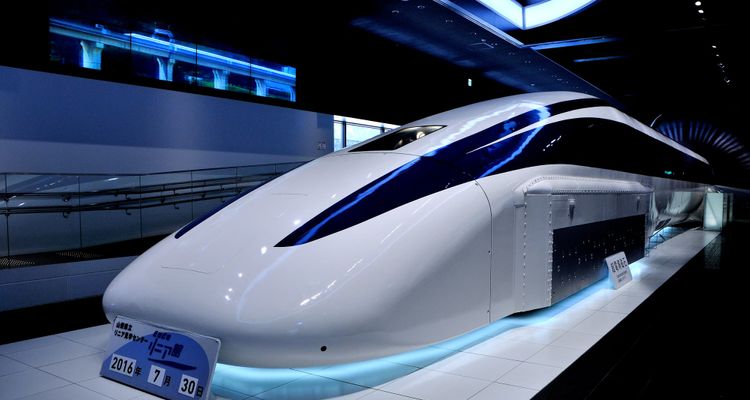
7. The speed of the Shinkansen bullet trains have changed over the years. Believe it or not, they once reached speeds of up to 130 miles per hour. However, many trains on the network now operate at speeds faster than 200 miles per hour, putting them on target to be some of the fastest civic transit vehicles on Earth.
8. Despite the sonic boom effects that the trains create, they have helped to enhance Japanese productivity from city to city no end. It’s thought that more than 400 million hours have been saved in productivity alone simply from the presence of the bullet trains across Japan.
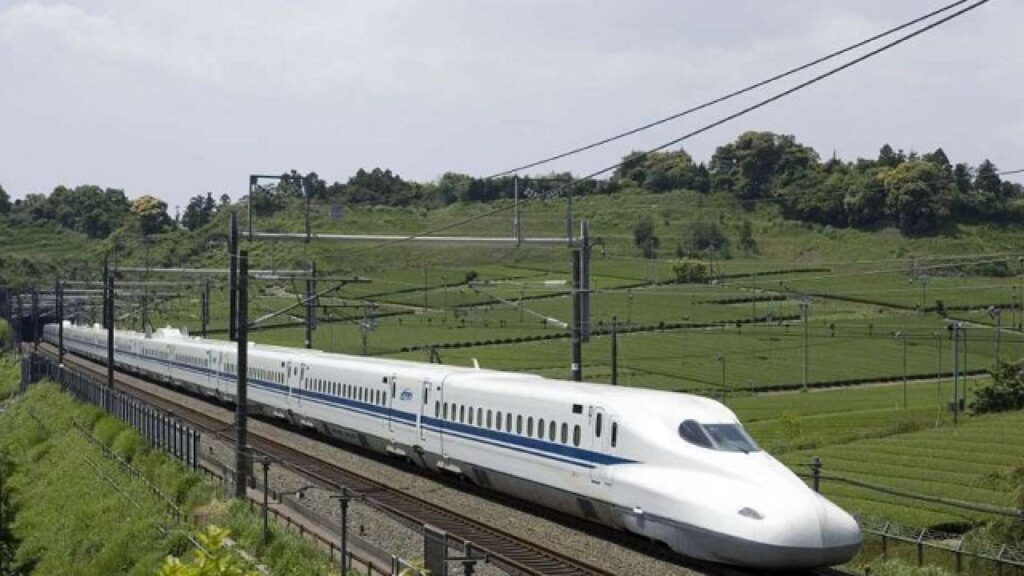
9. There are actually 18 different types of Shinkansen! These can vary from the Nozomi, the Asama and the Toki, through to the Yamabiko, the Tsubame, Hayate, Tanigawa and Hiraki. These trains are split up into different classes, largely based on speed and availability.
10. Bullet trains are so called because – as you might guess – they are super aerodynamic, and if you’ve ever seen one leave a tunnel, the comparison to a gun barrel is all too obvious.
11. Despite its intense high speeds and intensive safety measures, the Shinkansen is amazingly reliable. It’s likely that a bullet train won’t ever be delayed for longer than 24-30 seconds. Makes a change from waiting on British trains – we’re green with envy!

